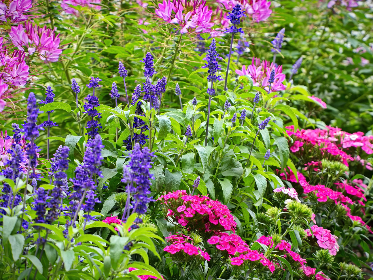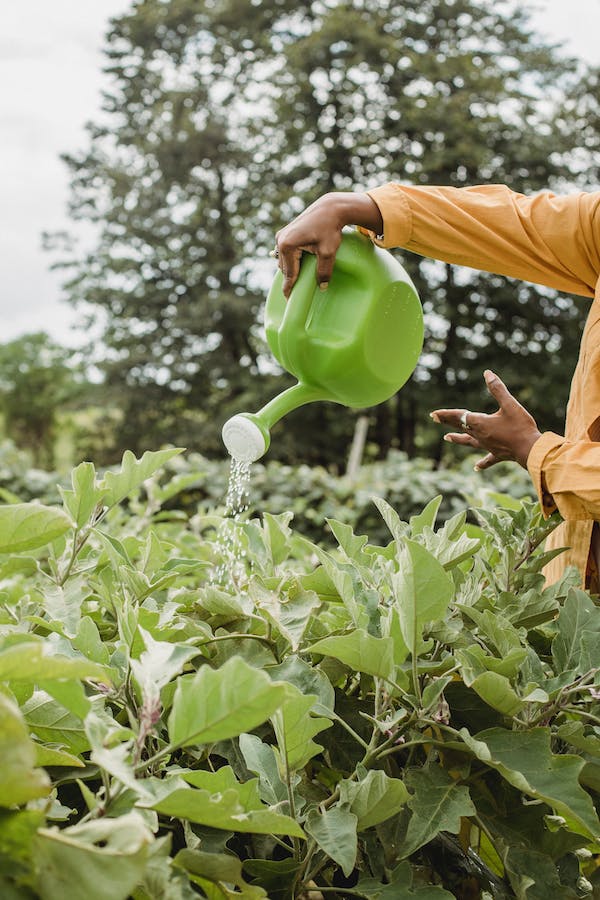Vegetable gardening offers a rewarding journey towards self-sustainability, enabling individuals to cultivate nutritious produce right at their doorstep. However, the journey from seed to harvest is influenced by various factors that determine success or failure. In this discourse, we delve into the essential triad that underpins the ability to grow enough veggies to sustain oneself: Planning and Preparation, Environmental Considerations, and Care and Maintenance.
Planning and Preparation: The Foundation of Success
Effective vegetable gardening begins with meticulous planning and thorough preparation. This phase encompasses crucial decisions regarding garden layout, plant selection, and resource allocation.
Garden Layout and Design:
Designing an efficient garden layout optimizes space and resources while facilitating ease of maintenance. Factors such as sunlight exposure, soil quality, and accessibility must be considered. Utilizing techniques like raised beds, vertical gardening, and companion planting can maximize yield while minimizing space requirements.
Seed Selection and Crop Rotation:
Choosing suitable vegetable varieties adapted to local climate and soil conditions is paramount. Additionally, implementing crop rotation strategies helps prevent soil depletion and minimizes pest and disease pressures, ensuring long-term productivity.
Soil Enrichment and Nutrient Management:
Healthy soil is the cornerstone of successful vegetable cultivation. Prior to planting, soil should be tested and amended as necessary to optimize nutrient levels and pH balance. Incorporating organic matter through composting and mulching fosters soil fertility and structure, promoting robust plant growth and higher yields.
Environmental Considerations: Nurturing Growth Amidst Nature’s Variables
The natural environment exerts a profound influence on vegetable crops, presenting challenges and opportunities that must be navigated effectively.
Sunlight and Temperature:
Sunlight is the primary energy source driving plant growth through photosynthesis. Understanding the sunlight requirements of different vegetable species enables strategic placement within the garden to maximize exposure. Moreover, monitoring temperature fluctuations and implementing protective measures such as row covers or shade structures safeguards plants from extreme heat or cold, ensuring optimal growth conditions.
Water Management:
Water is essential for plant hydration and nutrient uptake, making efficient water management critical for vegetable gardening success. Implementing irrigation systems such as drip irrigation or soaker hoses conserves water and delivers moisture directly to the root zone, minimizing waste and reducing the risk of disease. Furthermore, mulching helps retain soil moisture and suppresses weed growth, further enhancing water efficiency.
Pest and Disease Management:
Pests and diseases pose significant threats to vegetable crops, necessitating proactive management strategies. Employing integrated pest management (IPM) practices, including crop diversity, biological controls, and cultural interventions, mitigates pest pressures while minimizing reliance on chemical pesticides. Regular monitoring and prompt identification of pest or disease outbreaks enable timely intervention, preserving crop health and productivity.
Care and Maintenance: Nurturing Plants to Harvest
Dedicated care and consistent maintenance are essential for nurturing vegetable crops from seedling to harvest, ensuring optimal growth and productivity.
Weed Control:
Weeds compete with vegetable plants for nutrients, water, and sunlight, impeding growth and reducing yields. Regular weeding, utilizing techniques such as hand-pulling or mulch application, suppresses weed growth and maintains a favorable growing environment for vegetables.
Pruning and Training:
Pruning and training vegetable plants promote airflow and sunlight penetration, reducing the risk of disease while optimizing yield and fruit quality. Techniques such as pinching off suckers in tomato plants or trellising vining crops like cucumbers and beans enhance plant structure and productivity.
Fertilization and Feeding:
Supplemental fertilization ensures that vegetable plants receive adequate nutrients for vigorous growth and abundant yields. Organic fertilizers, compost teas, and foliar sprays provide essential nutrients while enhancing soil fertility and microbial activity. Adhering to a fertilization schedule tailored to the specific needs of each crop optimizes nutrient availability and minimizes the risk of nutrient deficiencies.
Conclusion
Achieving self-sustainability through vegetable gardening hinges on a harmonious interplay of planning and preparation, environmental considerations, and care and maintenance. By embracing these three pillars, individuals can cultivate thriving vegetable gardens capable of providing an abundant harvest year-round. With dedication, knowledge, and a deep connection to the natural world, the journey towards self-sufficiency becomes not only achievable but immensely rewarding.



